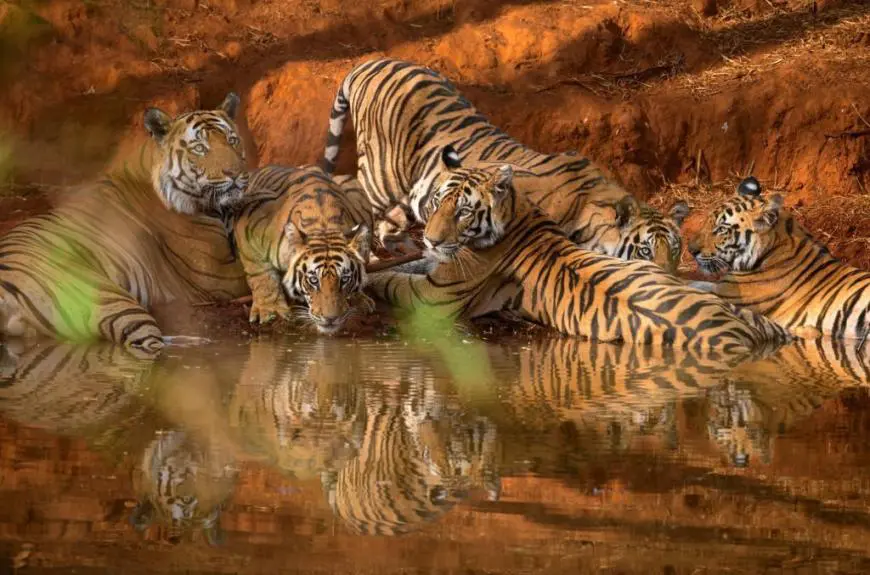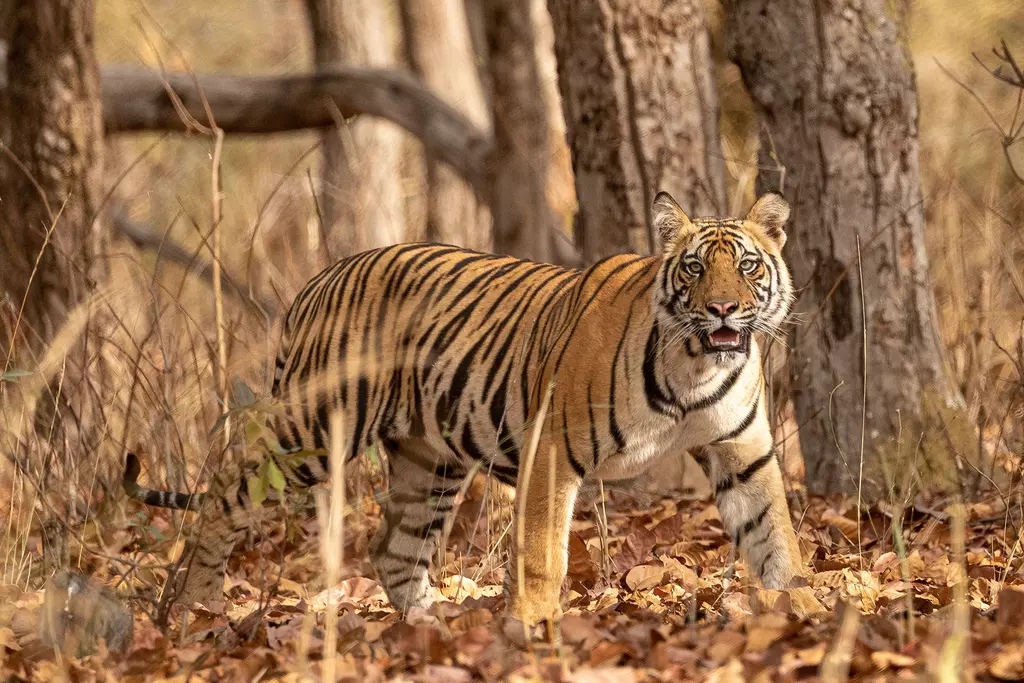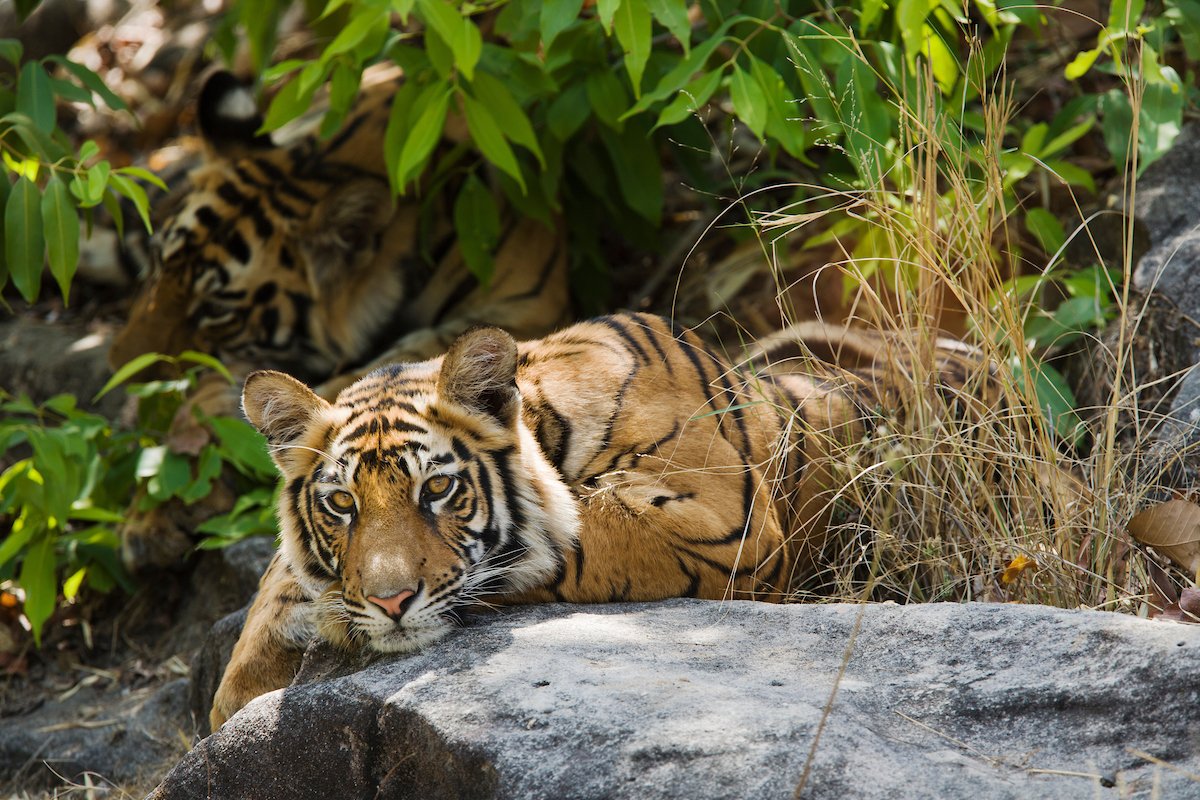Saving tigers is one of the key goals of conservationists around the world. These majestic, endangered predators require coordinated efforts to protect and conserve them. A variety of initiatives aimed at protecting tigers include protecting their natural habitats, combating poaching and working with local communities.
Tigers on the verge of extinction:global conservation efforts
More than 100,000 tigers lived on Earth 100 years ago, but today their numbers have fallen to less than 3,500. Despite the fact that tigers are officially recognized as an endangered species and are protected by law around the world, they continue to be victims of poachers. Most often, tigers killed by poachers are sold in China. There, their body parts and organs are used to make traditional medicine and as aphrodisiacs.
Over the past ten years, according to information from the World Wildlife Fund, more than 1,000 tigers have been killed. Every year, 150 representatives of this species die worldwide. India, which is now home to more than half of all tigers on the planet (approximately 1,400 individuals), remains the country with the largest number of poachers. Despite special programs to protect tigers, on which the Indian authorities spent 487 million euros, the extinction of tigers in India has not yet been prevented.

Over the past 50 years, the number of Far Eastern (Amur) tigers has increased from 100 to 500 individuals. Participants of the International Forum in St. Petersburg proposed creating an international association that would include Interpol and the customs authorities of participating states. The forum’s participating countries with tigers include Bangladesh, Burma, Bhutan, Cambodia, China, India, Indonesia, Laos, Malaysia, Nepal, Russia, Thailand and Vietnam. Representatives of these countries must approve a program to save tigers, which will be funded over the next five years by $330.8 million.
The fight for the survival of tigers: initiatives by conservationists
Tigers are one of the most endangered species on Earth, and conservationists are fighting for their survival. One of the key initiatives is strengthening control over poaching. Various organizations and governments create special teams and programs to combat poachers who hunt tigers for their valuable parts and organs.
Another important initiative is the conservation and restoration of tiger habitat. This includes creating sanctuaries and national parks where tigers can live and breed in safety. Work is also being carried out to restore forests and improve living conditions for wild animals.
Education and public awareness also play an important role. Campaigns are being conducted to highlight the problem and the need to protect tigers. Educational programs and events are aimed at increasing awareness and public involvement in the conservation of these unique animals.

Innovative approaches are also being used to protect tigers. The use of new technologies such as drones and GPS is helping to track and monitor tigers and their habitats, detect poachers and prevent illegal wildlife trade.
All these efforts are aimed at preserving tigers for future generations and ensuring that they can live in their natural environment.
In addition to these major initiatives, conservationists are also actively working to preserve the genetic diversity of surviving tiger populations. This includes programs to breed and restore captive populations, as well as research to study the genetic makeup and health of the remaining tigers.
One strategy is to create connectivity corridors between different reserves and national parks to allow tigers to migrate and genetic pools to mix to prevent inbreeding and keep populations healthy.
Working with local communities to become partners in tiger conservation is also an important aspect. This includes educating neighboring communities about the importance of tiger conservation, creating alternative sources of income to reduce pressure on natural resources, and involving local residents in conservation and poaching control programs.
Tiger conservation is a complex and long-term task that requires joint efforts by governments, the public and the scientific community. However, thanks to the persistent efforts of initiative groups and organizations, there is hope that tigers will be able to survive the threats and maintain their place in our world.

